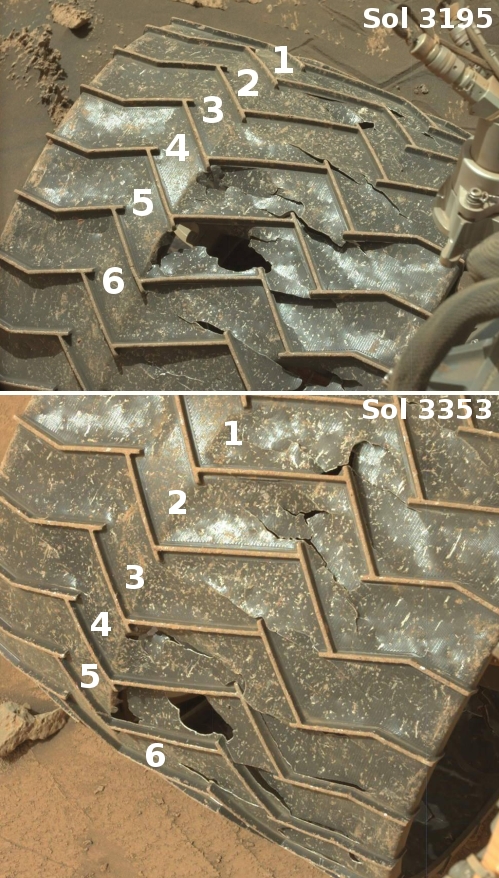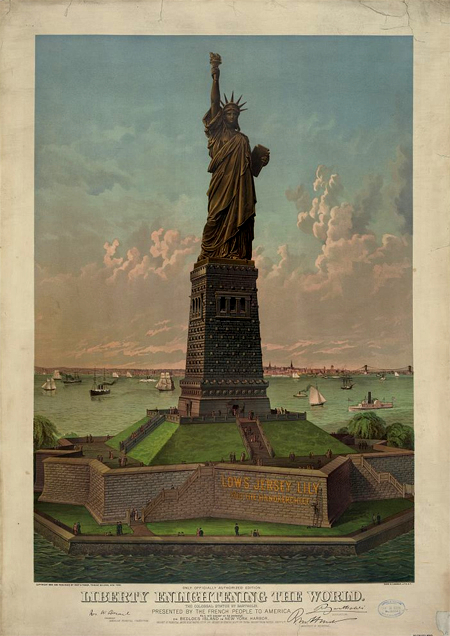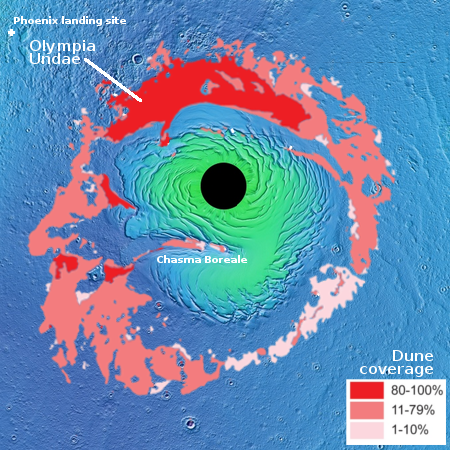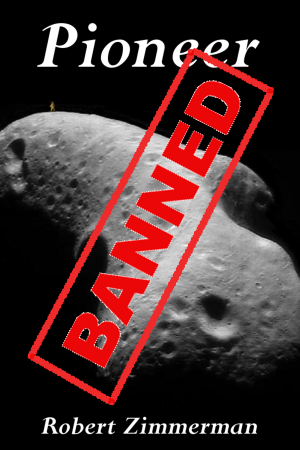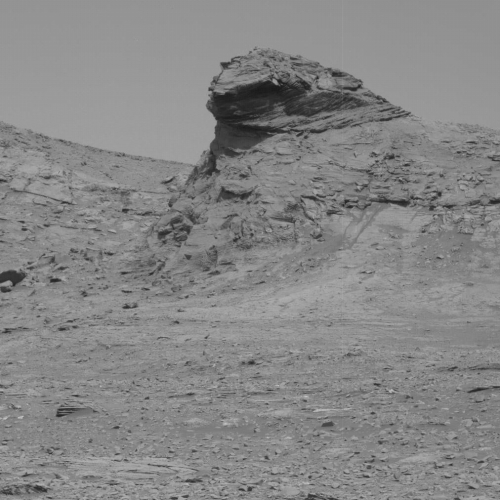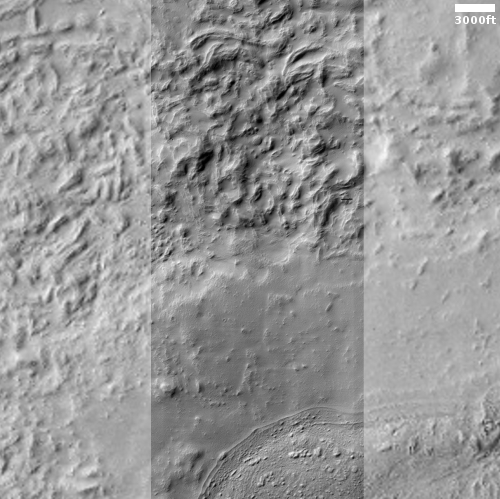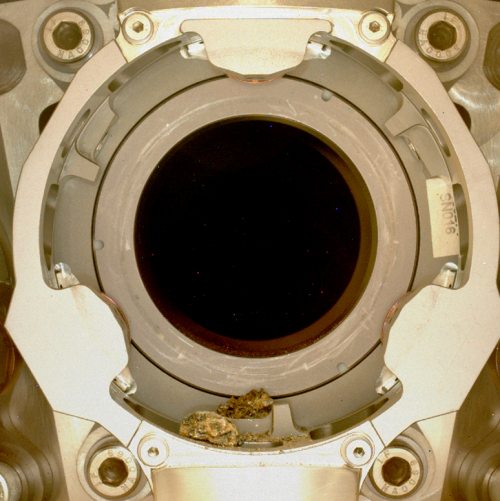Virgin Galactic wants to borrow $500 million from investors to stay afloat
Capitalism in space: Virgin Galactic announced yesterday that it is offering investors a chance to loan it up to $500 million, an effort apparently to keep the company operating while it refits its WhiteKnightTwo carrier aircraft and its Unity spacecraft.
The company plans private offerings of $425 million in convertible senior notes that will mature in 2027, and an additional $75 million in notes is expected to be granted to the buyers, it said in a statement.
In response, the stock price for the company tumbled, dropping for the second time below the initial $11.75 price offered two years ago when the company went public. Unlike the previous time last week, the price has not quickly recovered, but has continued to fall, dropping to a new low today under $10.
When the company went public in early 2019, it predicted it would be flying commercial tourist flights in 2020. That did not happen, which should have been no surprise to investors considering the company’s failed track record of meeting its promised schedule. At present it says that the first commercial flight will occur near the end of this year. Don’t bet on it. I would not be surprised it bankruptcy occurs first.
Freedom carries great opportunity. It also carries great risk. For those who invested in Virgin Galactic and did not sell right after its one and only suborbital tourist flight in July ’21 (as did the company’s founder Richard Branson), it appears they are about to experience the latter.
Capitalism in space: Virgin Galactic announced yesterday that it is offering investors a chance to loan it up to $500 million, an effort apparently to keep the company operating while it refits its WhiteKnightTwo carrier aircraft and its Unity spacecraft.
The company plans private offerings of $425 million in convertible senior notes that will mature in 2027, and an additional $75 million in notes is expected to be granted to the buyers, it said in a statement.
In response, the stock price for the company tumbled, dropping for the second time below the initial $11.75 price offered two years ago when the company went public. Unlike the previous time last week, the price has not quickly recovered, but has continued to fall, dropping to a new low today under $10.
When the company went public in early 2019, it predicted it would be flying commercial tourist flights in 2020. That did not happen, which should have been no surprise to investors considering the company’s failed track record of meeting its promised schedule. At present it says that the first commercial flight will occur near the end of this year. Don’t bet on it. I would not be surprised it bankruptcy occurs first.
Freedom carries great opportunity. It also carries great risk. For those who invested in Virgin Galactic and did not sell right after its one and only suborbital tourist flight in July ’21 (as did the company’s founder Richard Branson), it appears they are about to experience the latter.


